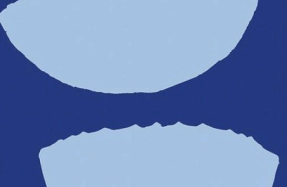The Nanjing Massacre Ceramic Shoes Exhibition An Interview with Artist Wang Cheng

The Nanjing Massacre was a traumatic event Chinese people will never forget. On December 13, 1937, the ancient city of Nanjing fell to the Japanese. In the following six weeks of turmoil 300,000 Chinese people were massacred by the Japanese army. Every 12 seconds, one life was lost. In 2014, the ‘National Public Sacrifice Day for the Victims of the Nanjing Massacre’ officially established a national memorial enshrined in law. In 2015, UNESCO included the Nanjing Massacre Historical Archives in the Memory of the World Register. Since then, every year around the time of the Qingming Festival and every December 13, especially every tenth anniversary, the government and people from all walks of life hold various memorial activities in memory of the Nanjing Massacre.
In order to commemorate his compatriots killed by the Japanese army in the bloody massacre, Wang Cheng, a potter from Nanjing, designed and created ceramic shoes for the Qingming Festival. The 80 pairs of shoes on display hit the hearts of people, leaving a strong visual impression. The following is my interview with Mr. Wang Cheng.
Ren: Hello, Mr. Wang. I am honored to have the opportunity to interview you. During the Qingming Festival in April 2017, you exhibited ceramic shoes. They are so realistic and delicate and truly tell a story. Your work impressed me deeply.
Wang: I am very willing to accept your interview. Thank you for your understanding of my work.
Ren: Through the language of ceramics, the main idea is vividly expressed in your work and penetrates people’s hearts. I look forward to hearing from you, in detail, a more comprehensive interpretation of the story behind the creation of the shoes.
: As a potter who has always adhered to artistic creation, and a teacher who has been rooted in art education for 33 years, I have always had a desire to create works for the Qingming Festival. 2017 is a special year. To commemorate the 80th anniversary of the Nanjing Massacre, the Memorial Hall of the Victims
You’re reading a preview, subscribe to read more.
Start your free 30 days



